Home>Renovation & DIY>Tools & Equipment>How To Wash Paint Brushes And Rollers
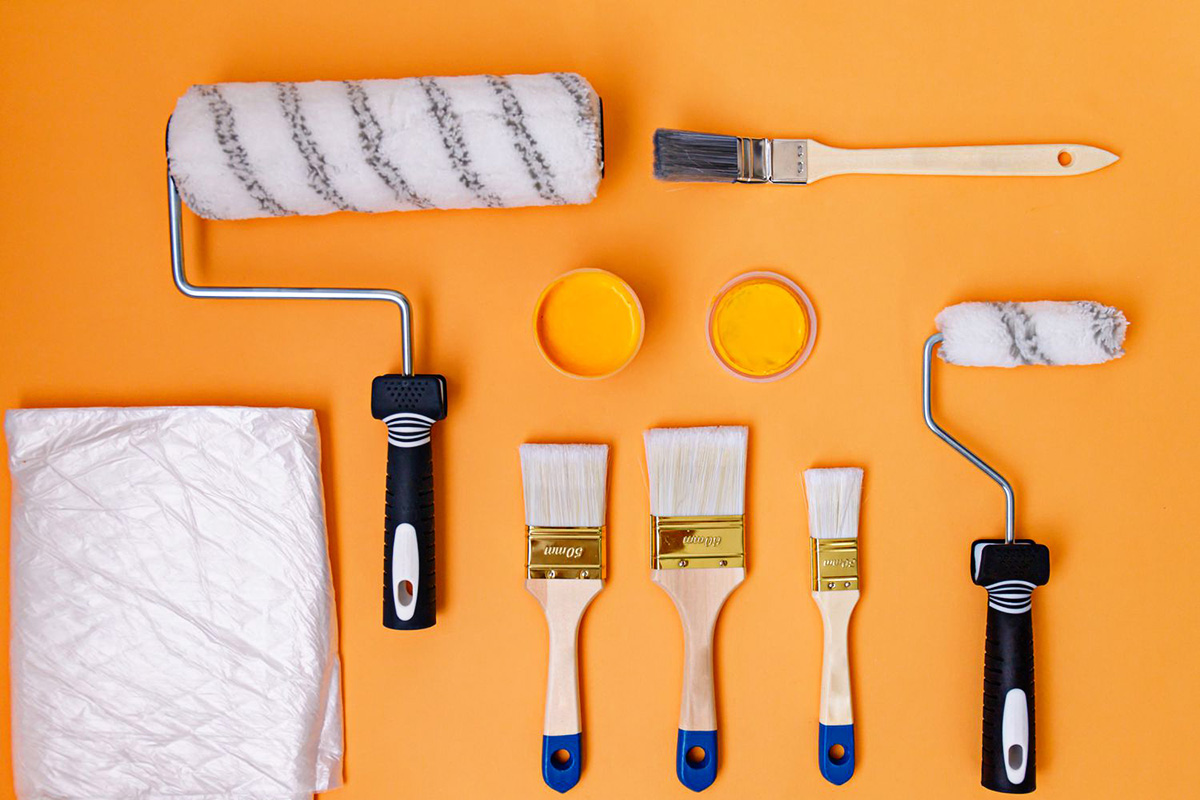

Tools & Equipment
How To Wash Paint Brushes And Rollers
Modified: January 7, 2024
Learn the best techniques for cleaning paint brushes and rollers to keep your tools and equipment in top condition. Discover expert tips for washing and maintaining your painting tools.
(Many of the links in this article redirect to a specific reviewed product. Your purchase of these products through affiliate links helps to generate commission for Storables.com, at no extra cost. Learn more)
**
Introduction
**
Welcome to the world of DIY painting! Whether you're a seasoned painter or a novice embarking on your first project, knowing how to properly clean and maintain your paint brushes and rollers is essential for achieving professional-looking results and prolonging the lifespan of your tools.
The process of cleaning and caring for your paint brushes and rollers may seem daunting at first, but with the right materials and techniques, it can become a simple and routine part of your painting endeavors. By taking the time to properly clean and store your tools, you'll not only save money by extending their usability but also ensure that your future painting projects are as seamless and enjoyable as possible.
In this comprehensive guide, we'll walk you through the step-by-step process of cleaning and maintaining your paint brushes and rollers, as well as provide valuable tips and tricks to make the task easier and more effective. So, grab your apron and let's dive into the world of paint brush and roller care!
**
Key Takeaways:
- Properly cleaning and storing paint brushes and rollers is crucial for achieving professional-looking results and extending the lifespan of your tools. It’s a simple and routine part of painting that saves money and ensures seamless future projects.
- Using quality tools, cleaning immediately after use, and storing brushes and rollers properly are essential for maintaining their performance and longevity. Incorporating these tips into your routine will enhance the outcome of your painting projects.
Read more: How To Store Paint Rollers
Materials Needed
**
Before embarking on the journey of cleaning your paint brushes and rollers, it’s essential to gather the necessary materials. Having the right tools at your disposal will streamline the cleaning process and ensure that your brushes and rollers are thoroughly cleansed and maintained. Here’s a rundown of the materials you’ll need:
For Cleaning Paint Brushes:
- Paint thinner or solvent
- Mild liquid soap or dish detergent
- Warm water
- Old rag or paper towels
- Wire brush or comb
- Container for soaking
For Cleaning Paint Rollers:
- Paint roller cleaner or paint roller spinner
- Warm, soapy water
- Old rag or paper towels
- Large bucket or sink
For Drying and Storing:
- Cardboard or pegboard
- Large clips or clothespins
- Brush and roller covers or plastic wrap
- Well-ventilated area
By ensuring that you have these materials on hand, you’ll be well-equipped to tackle the task of cleaning and maintaining your paint brushes and rollers. Now, let’s delve into the detailed steps for cleaning each of these essential painting tools.
**
Cleaning Paint Brushes
**
After completing a painting project, it’s crucial to promptly clean your paint brushes to prevent the paint from drying and hardening on the bristles. Follow these steps to ensure your paint brushes are thoroughly cleaned and ready for future use:
- Remove Excess Paint: Begin by removing excess paint from the brush by gently scraping it against the rim of the paint can or using a paintbrush and roller cleaner. This will prevent excessive paint from contaminating the cleaning solvents and streamline the overall cleaning process.
- Soak the Brushes: Fill a container with paint thinner or solvent and soak the brushes for a few hours or overnight. This will help dissolve any remaining paint and loosen it from the bristles.
- Wash with Soap: After soaking, wash the brushes with mild liquid soap or dish detergent and warm water. Gently massage the bristles to remove any remaining paint and soap residue. Repeat this step until the water runs clear, indicating that the brushes are thoroughly clean.
- Remove Residual Paint: Use a wire brush or comb to carefully remove any stubborn paint residue from the bristles. Be gentle to avoid damaging the bristles while ensuring that all traces of paint are removed.
- Rinse and Dry: Rinse the brushes with clean water and gently shake off the excess moisture. Use an old rag or paper towels to blot the bristles and reshape them to their original form. Allow the brushes to air dry in a well-ventilated area before storing them.
By following these steps, you can effectively clean your paint brushes and maintain their quality for future painting projects. Proper care and cleaning will extend the lifespan of your brushes, ensuring that they remain reliable tools in your painting endeavors.
**
Rinse brushes and rollers in the appropriate solvent for the type of paint used, then wash with warm soapy water. Use a brush comb to remove excess paint and reshape bristles before drying.
Cleaning Paint Rollers
**
Cleaning paint rollers is an essential part of maintaining your painting tools and ensuring their longevity. Follow these steps to effectively clean your paint rollers after completing a painting project:
- Remove Excess Paint: Start by removing excess paint from the roller by rolling it back and forth on the ribbed end of a paint roller cleaner or using a paint roller spinner. This will help extract as much paint as possible before proceeding to the cleaning process.
- Soak the Roller: Submerge the paint roller in warm, soapy water, allowing it to soak for a few minutes. This will help loosen the paint from the roller’s fibers, making it easier to clean.
- Clean Thoroughly: Using your hands, work the soapy water through the roller to dislodge any remaining paint. You can also gently squeeze and massage the roller to facilitate the cleaning process. Repeat this step until the roller appears free of paint residue.
- Rinse and Repeat: Rinse the roller thoroughly with clean water to remove any soapy residue and remaining paint particles. If necessary, repeat the cleaning process until the roller is completely clean and the water runs clear.
- Dry the Roller: Once clean, use an old rag or paper towels to remove excess water from the roller. Ensure that the roller is thoroughly dried before storing it to prevent mold or mildew growth. Hanging the roller in a well-ventilated area can expedite the drying process.
By following these steps, you can effectively clean your paint rollers and maintain their quality for future painting projects. Proper care and cleaning will extend the lifespan of your rollers, ensuring that they remain reliable tools in your painting endeavors.
**
Drying and Storing Brushes and Rollers
**
After cleaning your paint brushes and rollers, it’s crucial to ensure that they are thoroughly dried and stored properly to maintain their quality and usability. Here are the steps to follow for drying and storing these essential painting tools:
- Drying Paint Brushes: Once cleaned, reshape the bristles of the paint brushes to their original form and gently blot them with an old rag or paper towels to remove excess moisture. Allow the brushes to air dry in a well-ventilated area, ensuring that they are completely dry before storing them.
- Storing Paint Brushes: To prevent the bristles from becoming misshapen, store the dry paint brushes upright in a container or hang them with the bristles facing downward. This will help maintain the integrity of the bristles and ensure that the brushes are ready for use in future painting projects.
- Drying Paint Rollers: After cleaning, use an old rag or paper towels to remove excess water from the paint roller. Ensure that the roller is thoroughly dried before storing it to prevent mold or mildew growth.
- Storing Paint Rollers: To maintain the shape of the roller nap, store the dry paint roller in its original packaging or wrap it in a plastic cover. Alternatively, you can hang the roller to air dry and store it in a well-ventilated area.
By following these drying and storing guidelines, you can preserve the quality of your paint brushes and rollers, ensuring that they remain in optimal condition for your next painting project. Proper storage and maintenance will contribute to the longevity of your painting tools, saving you time and money in the long run.
**
Read more: How To Paint Exterior Stucco With A Roller
Tips and Tricks for Maintaining Paint Brushes and Rollers
**
Mastering the art of maintaining your paint brushes and rollers not only ensures their longevity but also enhances the quality of your painting projects. Here are some valuable tips and tricks to help you keep your painting tools in top condition:
- Use Quality Brushes and Rollers: Investing in high-quality brushes and rollers can make a significant difference in their performance and longevity. Quality tools are easier to clean and maintain, and they often yield better painting results.
- Clean Immediately After Use: Promptly cleaning your brushes and rollers after each use prevents paint from drying and hardening, making the cleaning process more challenging. It also helps maintain the integrity of the bristles and fibers.
- Use the Right Cleaning Agents: Selecting the appropriate cleaning solvents and soaps for your brushes and rollers is crucial. Different paint types may require specific cleaning agents, so be sure to use the recommended products for optimal results.
- Protect the Bristles and Nap: To prevent damage to the bristles of your brushes and the nap of your rollers, store them in a manner that maintains their shape. Hanging brushes with the bristles facing downward and storing rollers in their original packaging or wrapped in plastic covers can help preserve their integrity.
- Inspect and Replace Worn Tools: Regularly inspect your brushes and rollers for signs of wear and tear. If the bristles are frayed or the roller nap is matted, it may be time to replace the tools to ensure optimal painting results.
- Consider Brush and Roller Covers: Using protective covers for your brushes and rollers can help keep them clean between uses and prevent them from drying out. These covers are especially useful when storing tools for extended periods.
By incorporating these tips into your painting routine, you can effectively maintain the quality and usability of your paint brushes and rollers, ultimately enhancing the outcome of your painting projects. With proper care and attention, your painting tools will continue to serve you well, project after project.
Frequently Asked Questions about How To Wash Paint Brushes And Rollers
Was this page helpful?
At Storables.com, we guarantee accurate and reliable information. Our content, validated by Expert Board Contributors, is crafted following stringent Editorial Policies. We're committed to providing you with well-researched, expert-backed insights for all your informational needs.
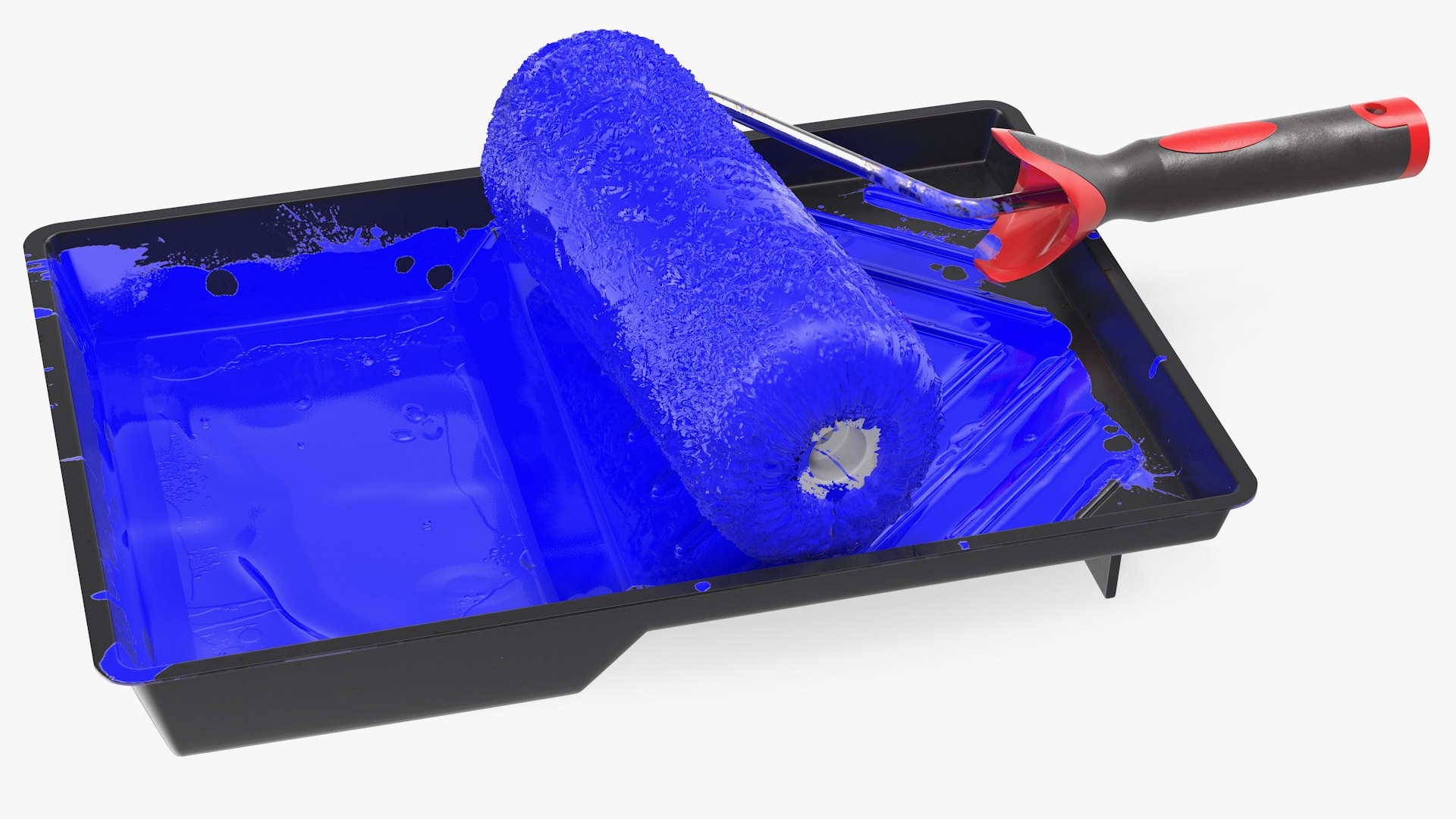
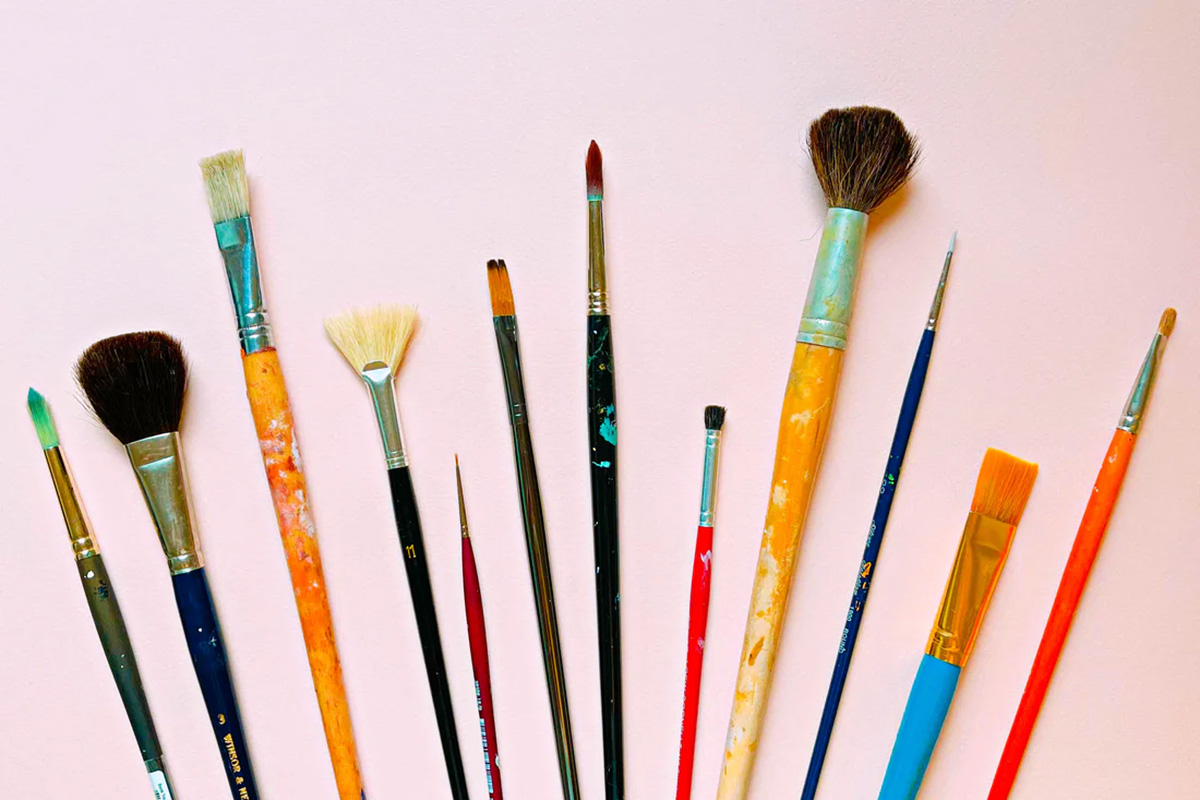
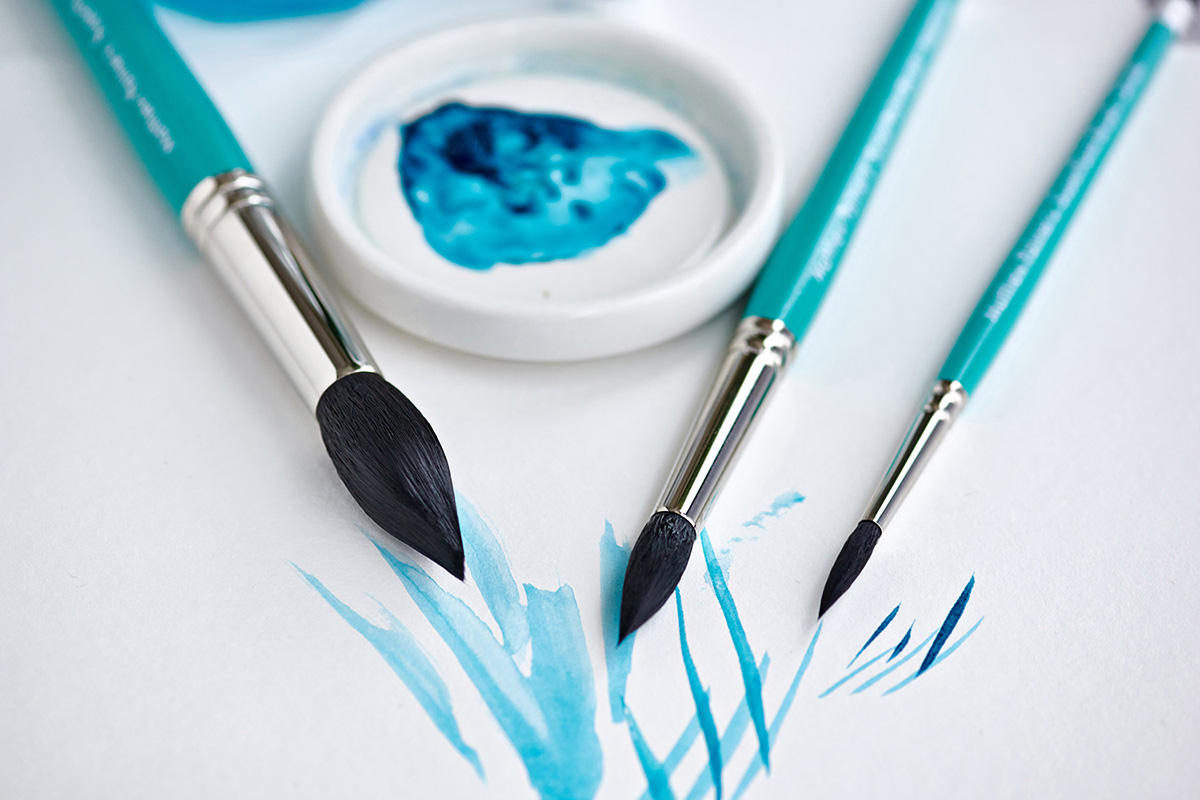
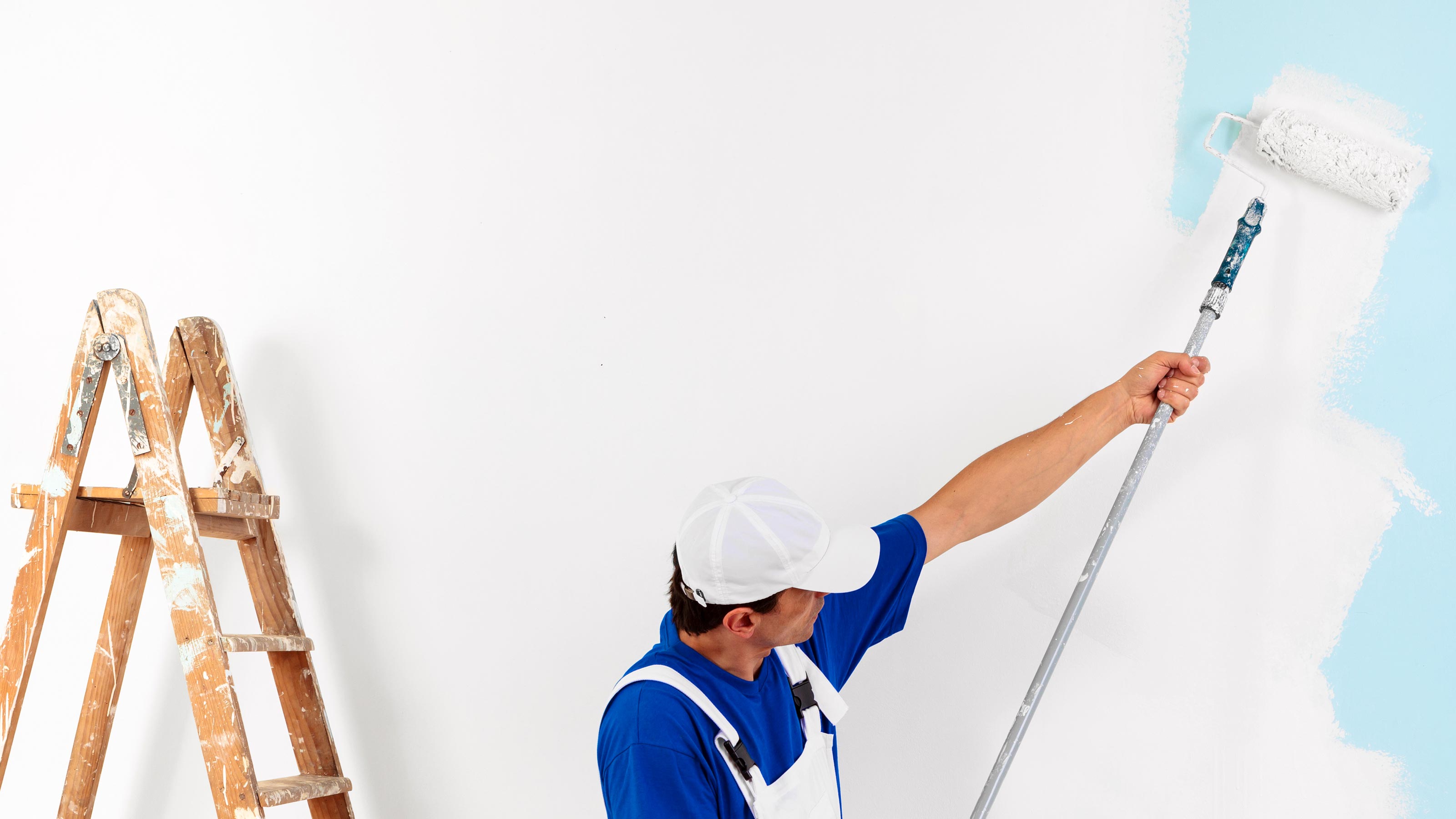
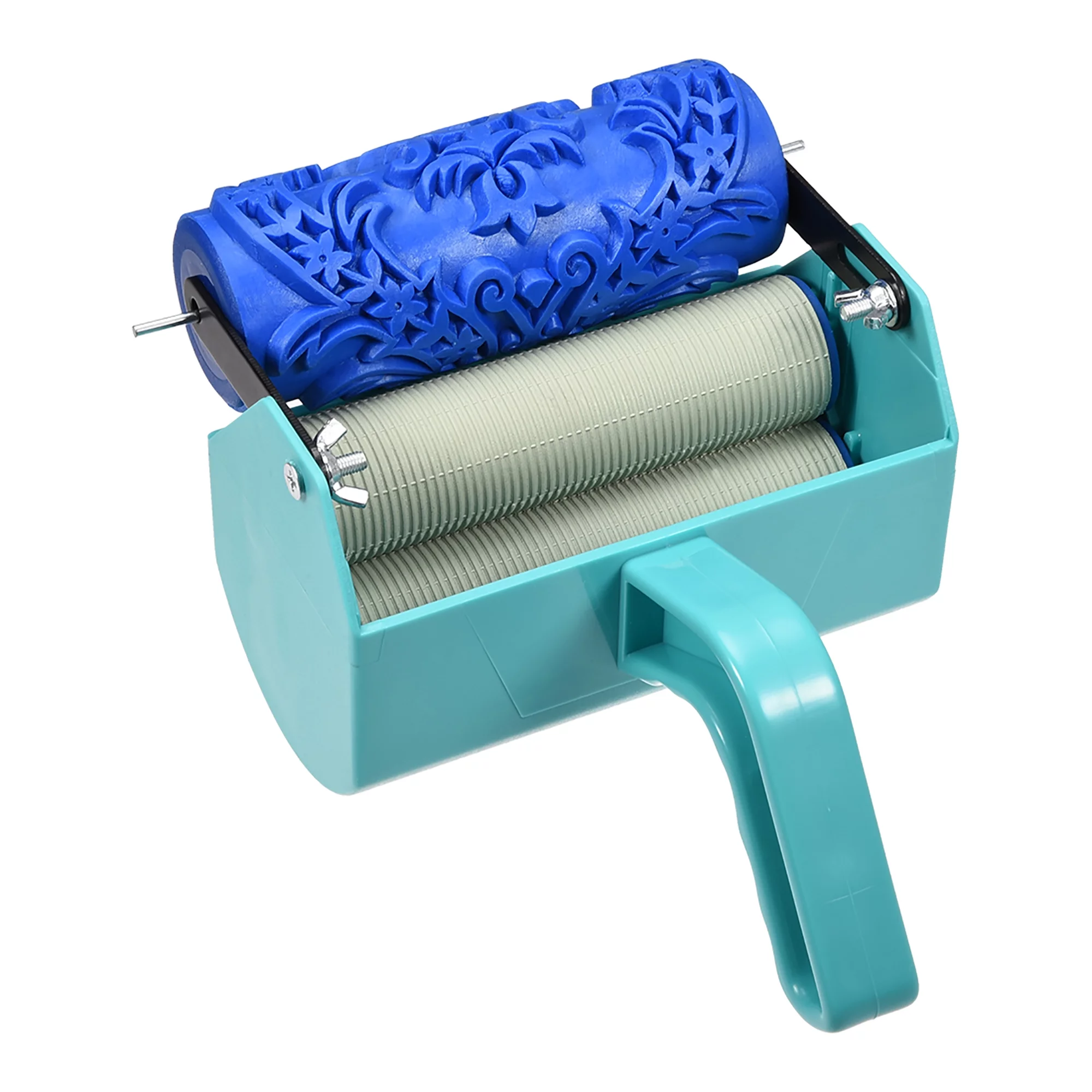
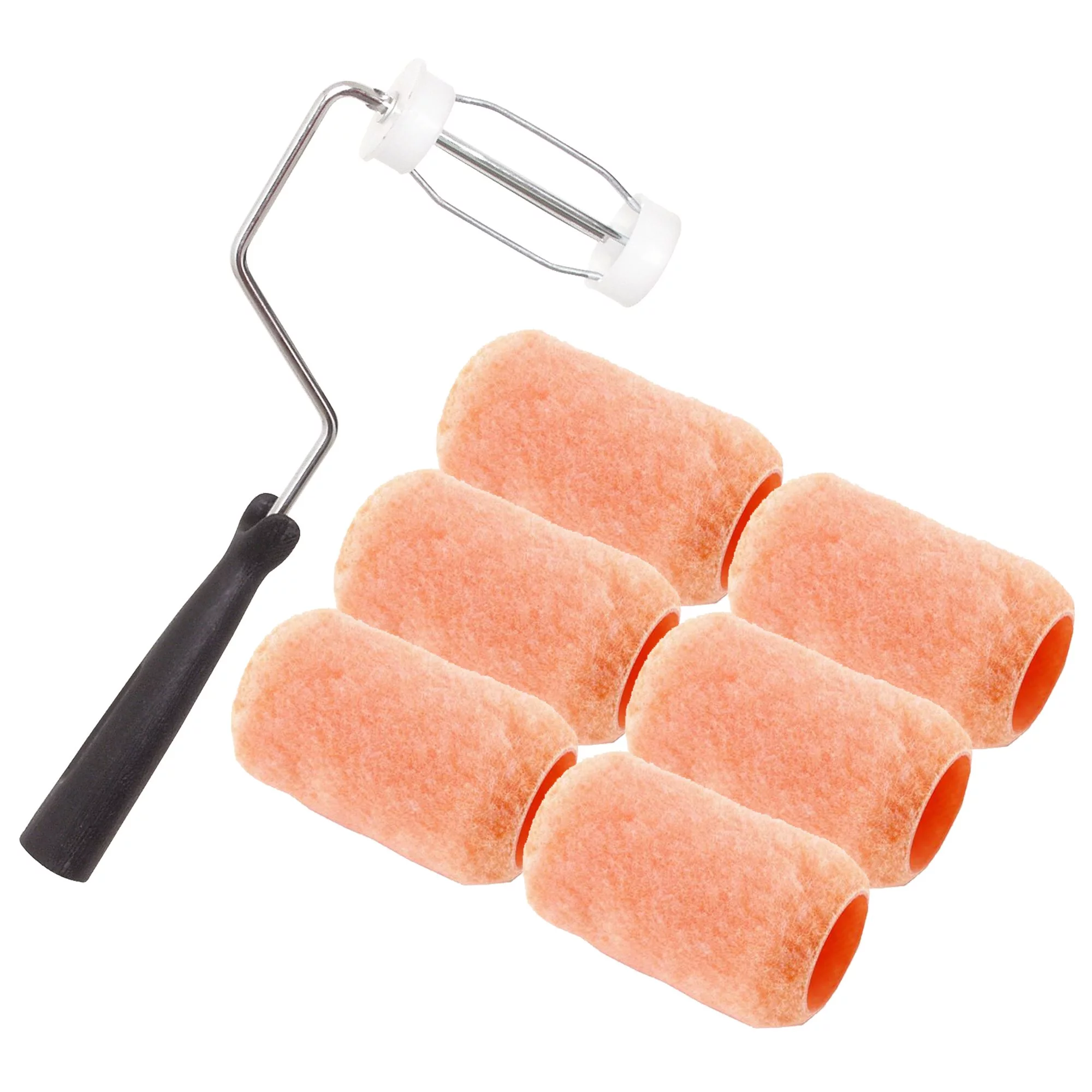
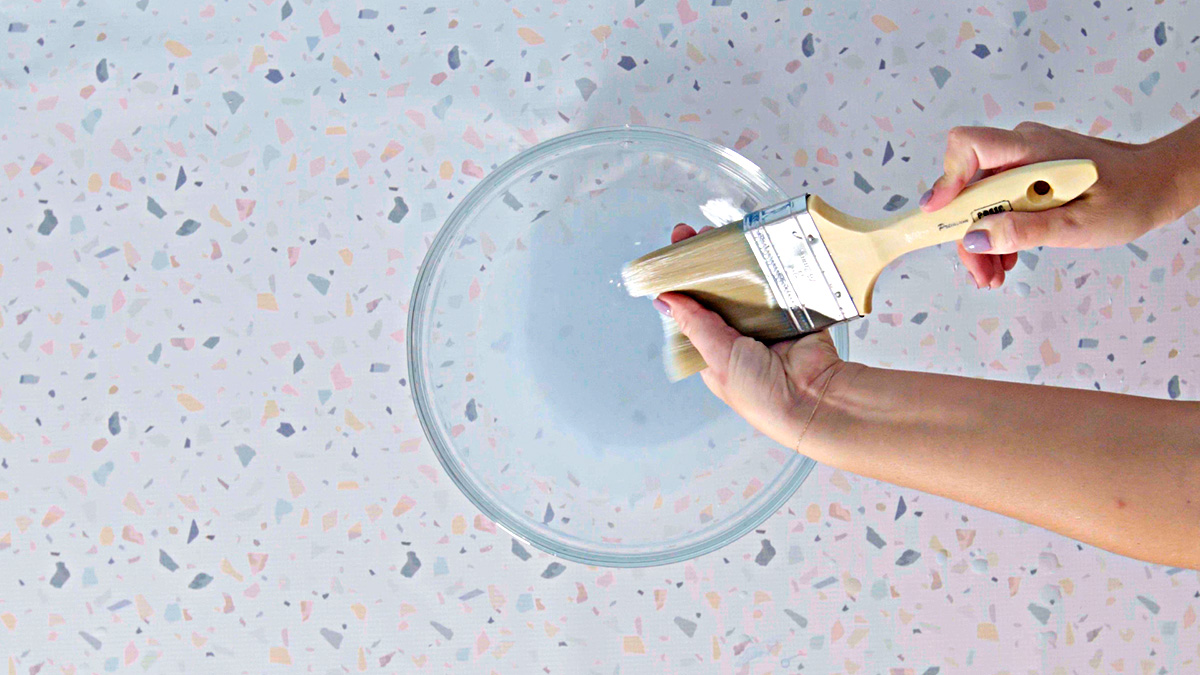
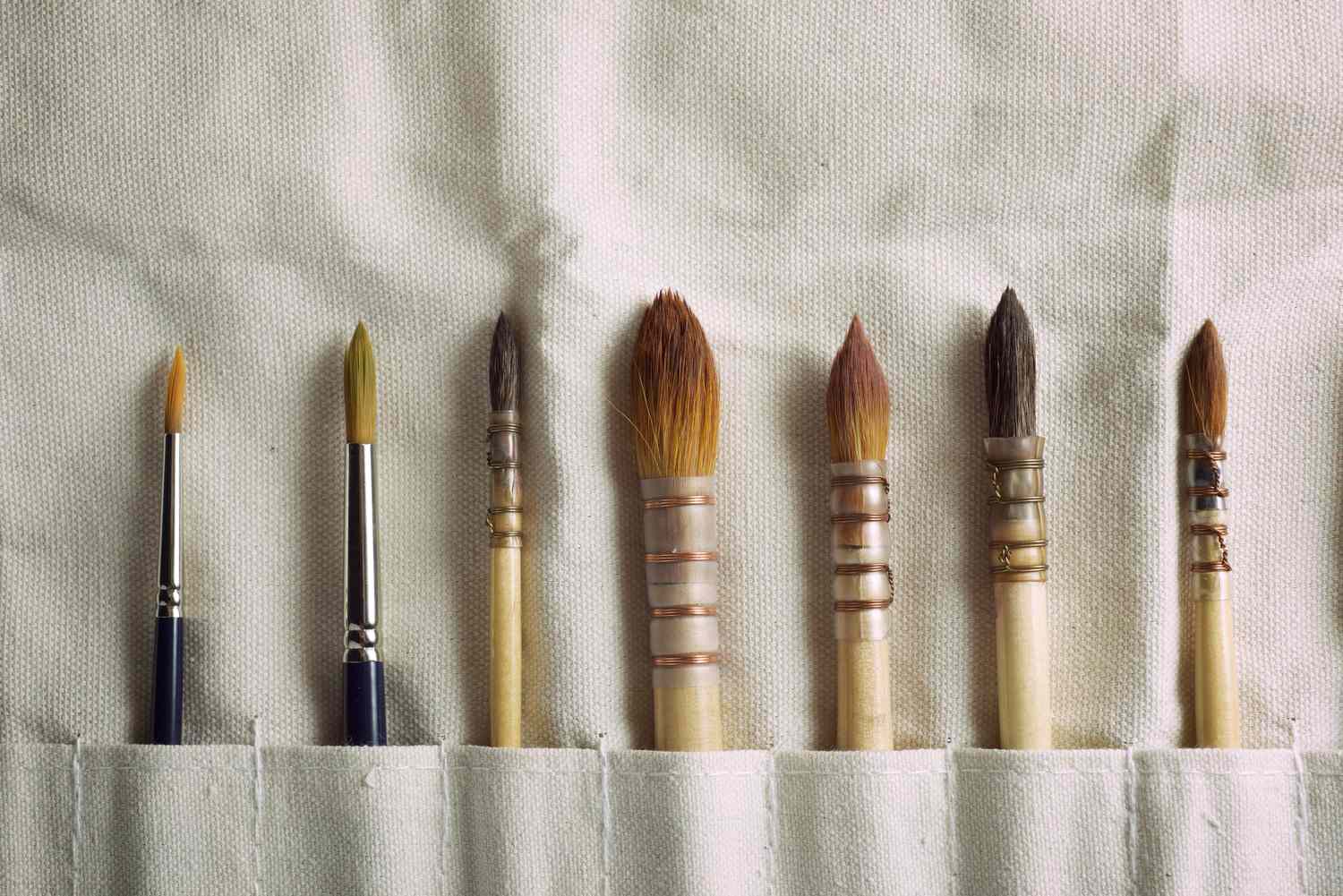
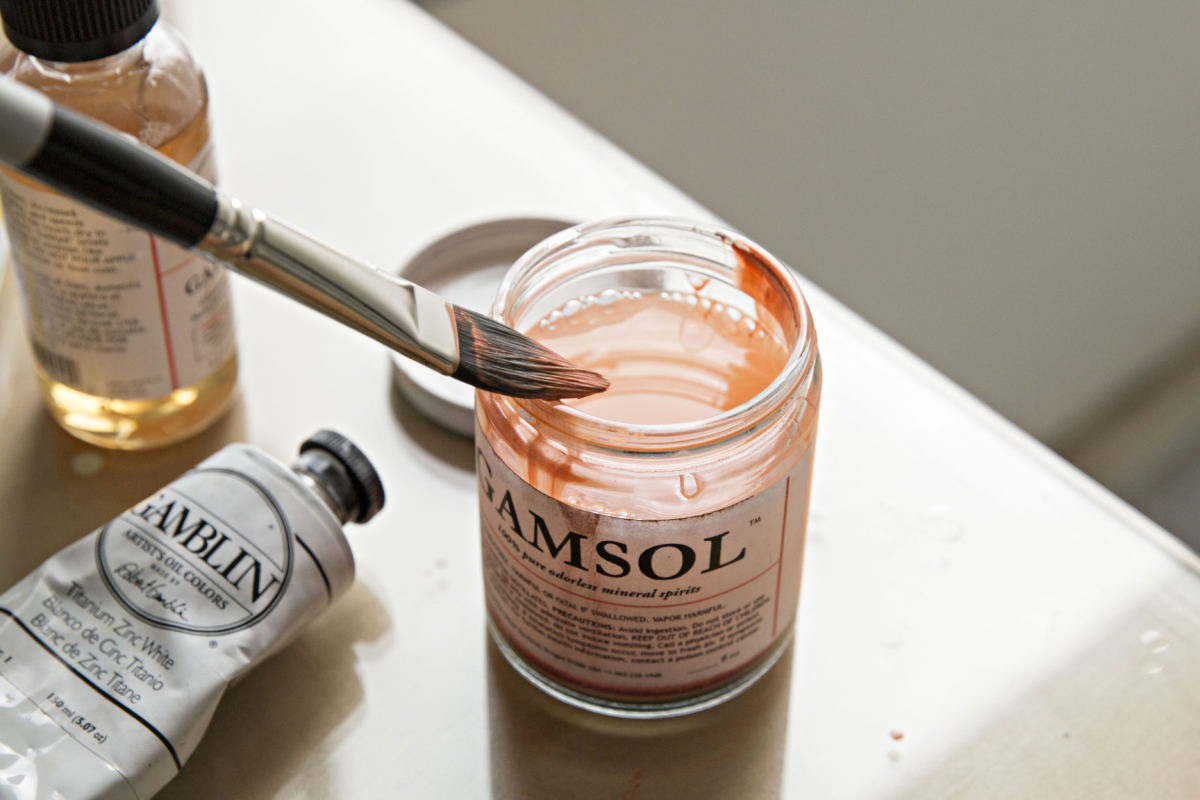
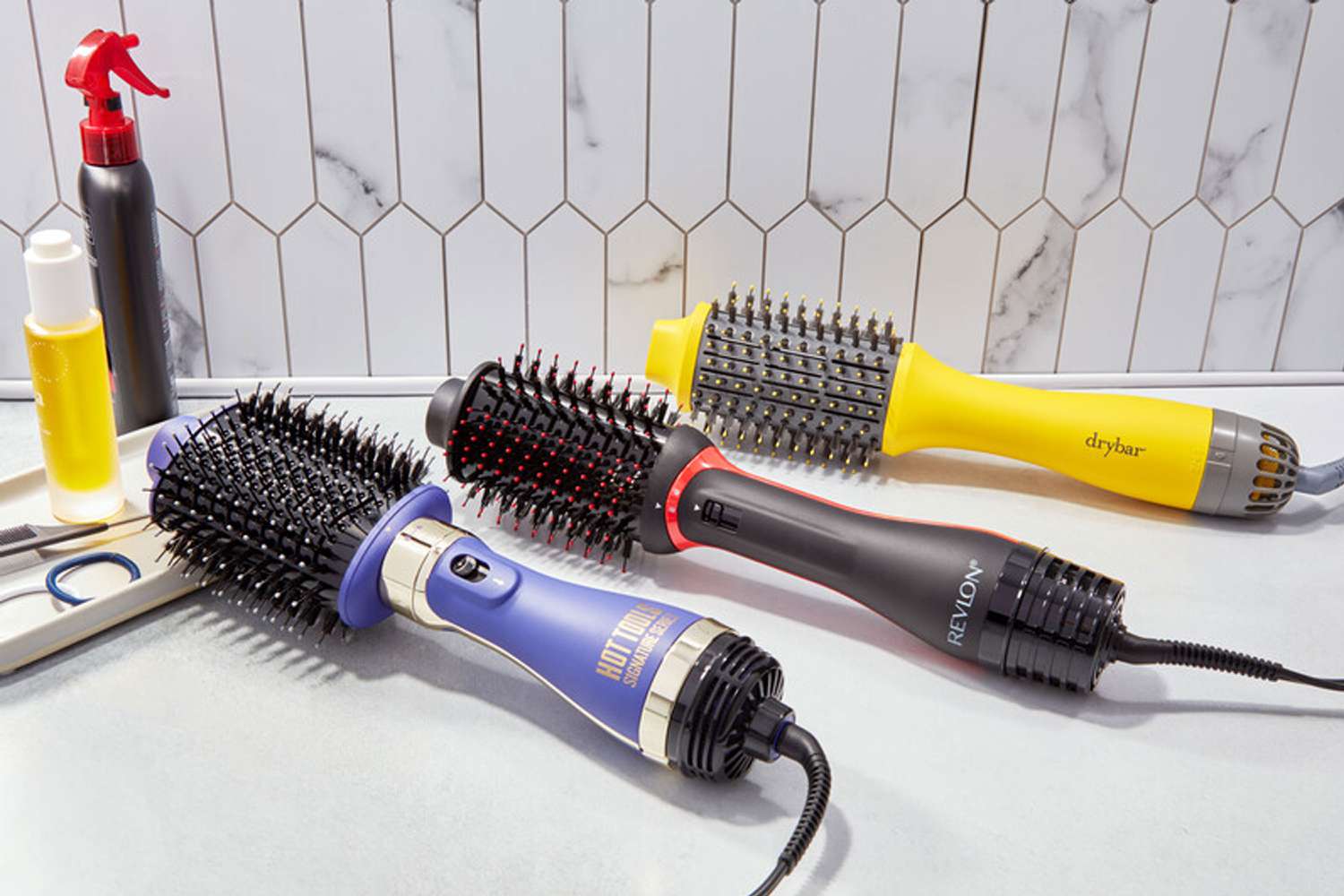
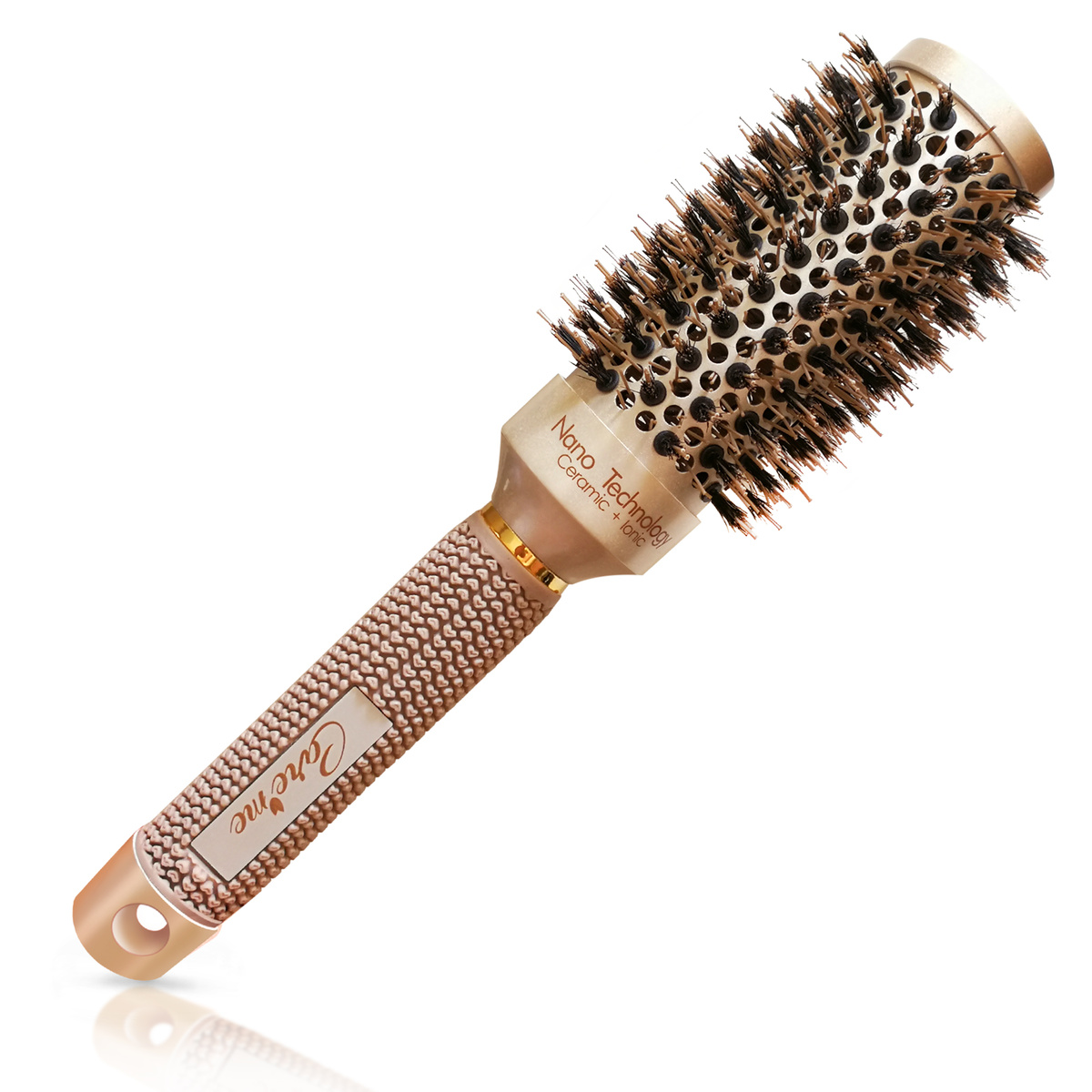
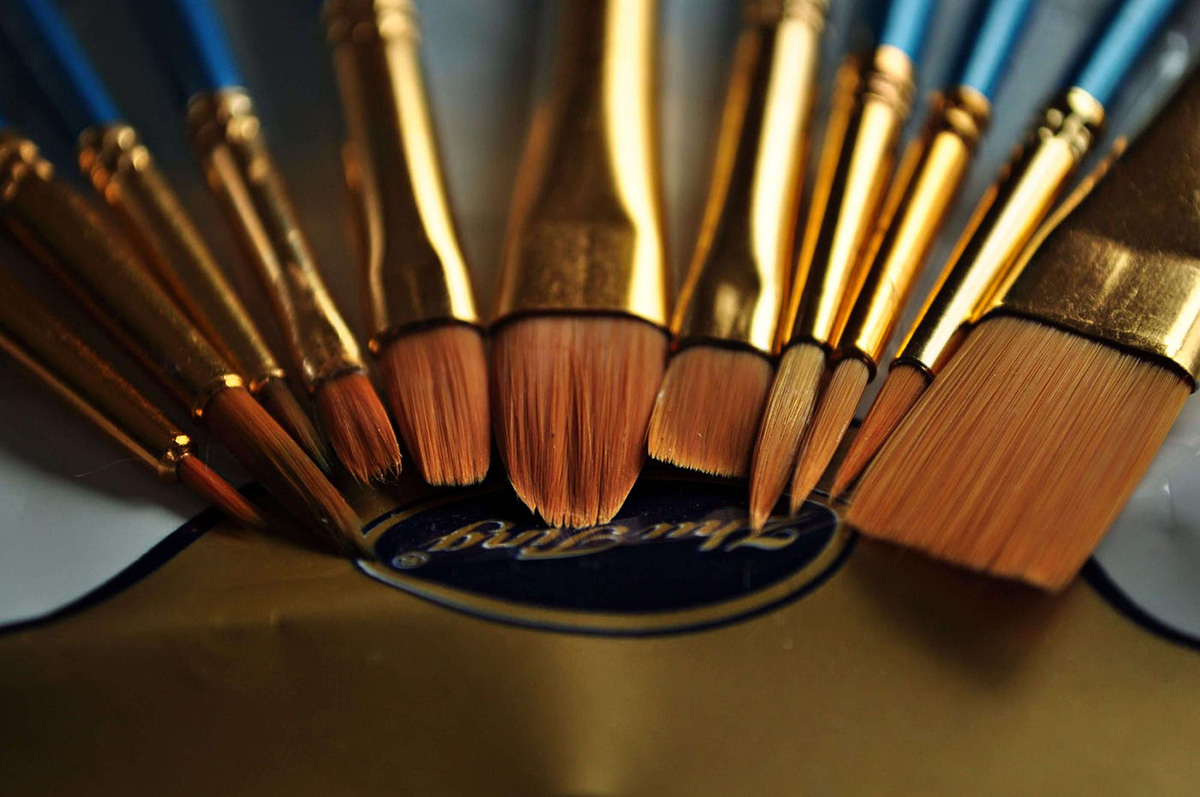
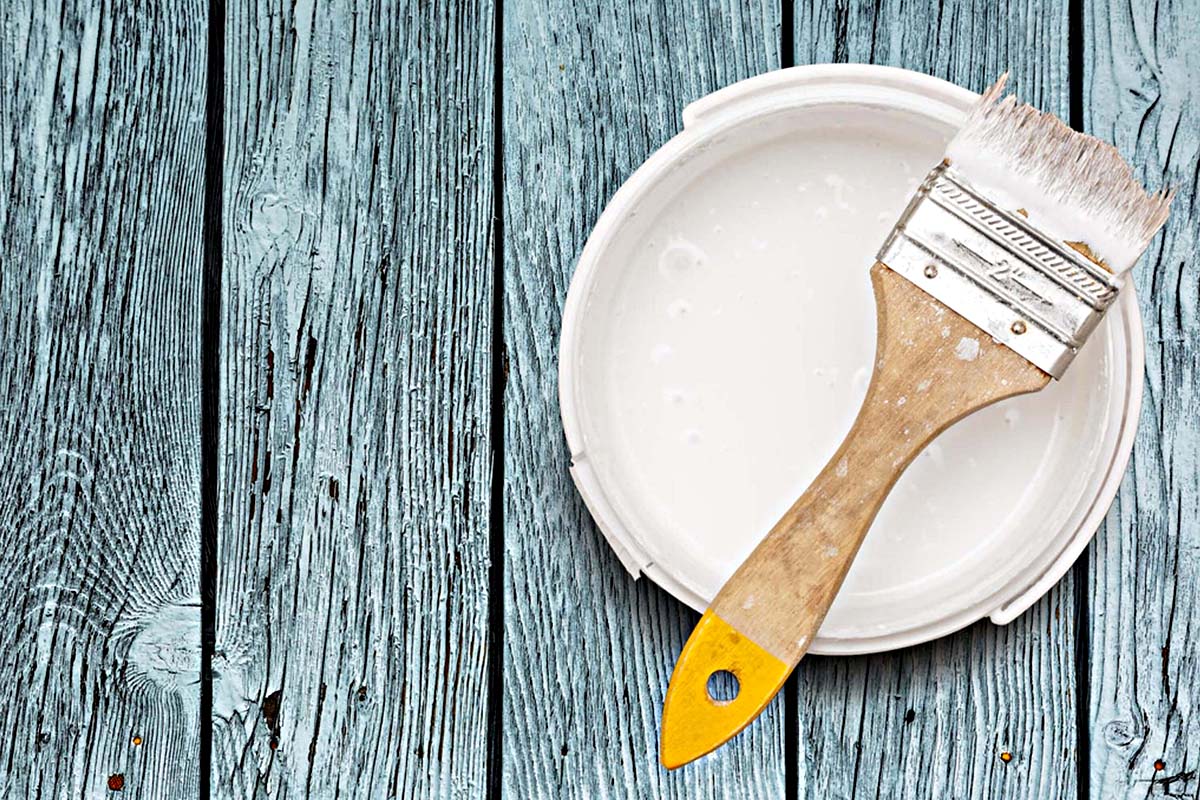
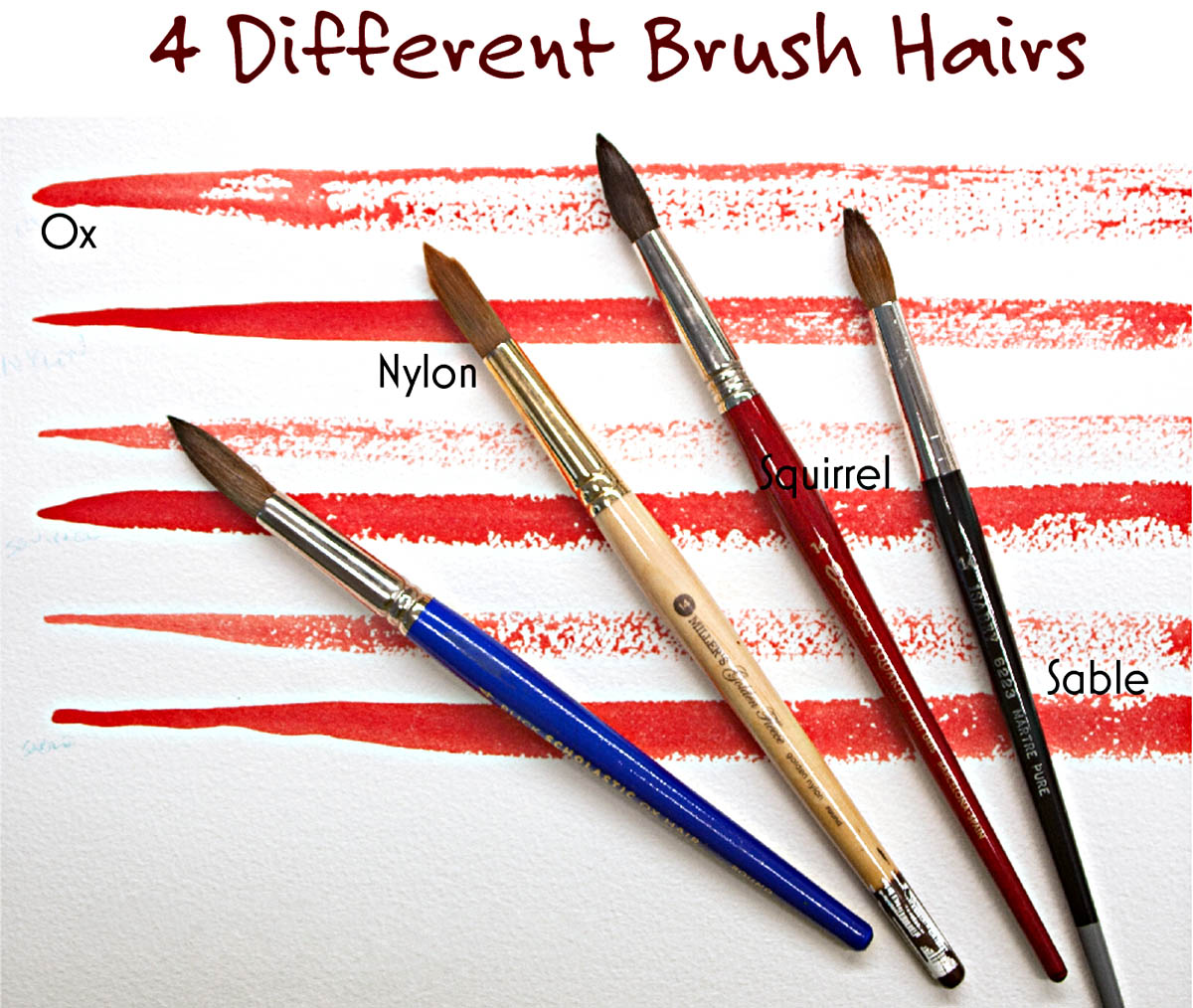

0 thoughts on “How To Wash Paint Brushes And Rollers”